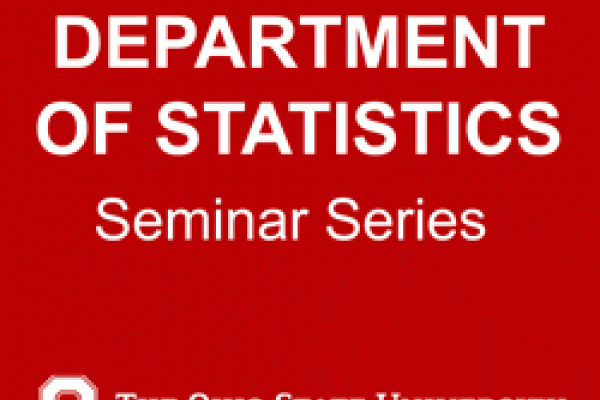
Thu, February 4, 2016
All Day
209 W. Eighteenth Ave. (EA), Room 170
Title
Direct Likelihood-Based Inference for Stochastic Models of Disease Dynamics
Speaker
Lam Si Tung Ho, University of California, Los Angeles
Abstract
Two big data scenarios challenge direct inference for stochastic models: (1) the massive amount of measurements overwhelm traditional methods, and (2) the size of unmeasurable data causes intractability in likelihood calculation.
Observational health databases present both massive resources and challenges for studying clinical practices. I will show how to leverage these data by using birth-death processes as a scalable model for treatment trajectories in diabetic patients. Applying this model to 1.6 million diabetic patients from 4 national databases raises questions about the mismatch between treatment guidelines and practice.
On the hand, infectious diseases epidemics often have a large number of unmeasurable data. Specifically, it is usually impossible to know the exact infection and removal times for each individual. Therefore, likelihood calculation for prevalence count data under the susceptible-infected-removed (SIR) model has been considered intractable since its formulation almost a century ago. To circumvent this intractability problem, researchers often rely on data augmentation or approximation that may grow computationally expensive or lack accuracy. I will present an efficient and scalable method to directly compute the likelihood function under small stochastic compartmental models such as SIR and apply this method to draw direct inference about the 17th century Great Plague in Eyam and the 2014–15 Ebola outbreak in Guinea.
